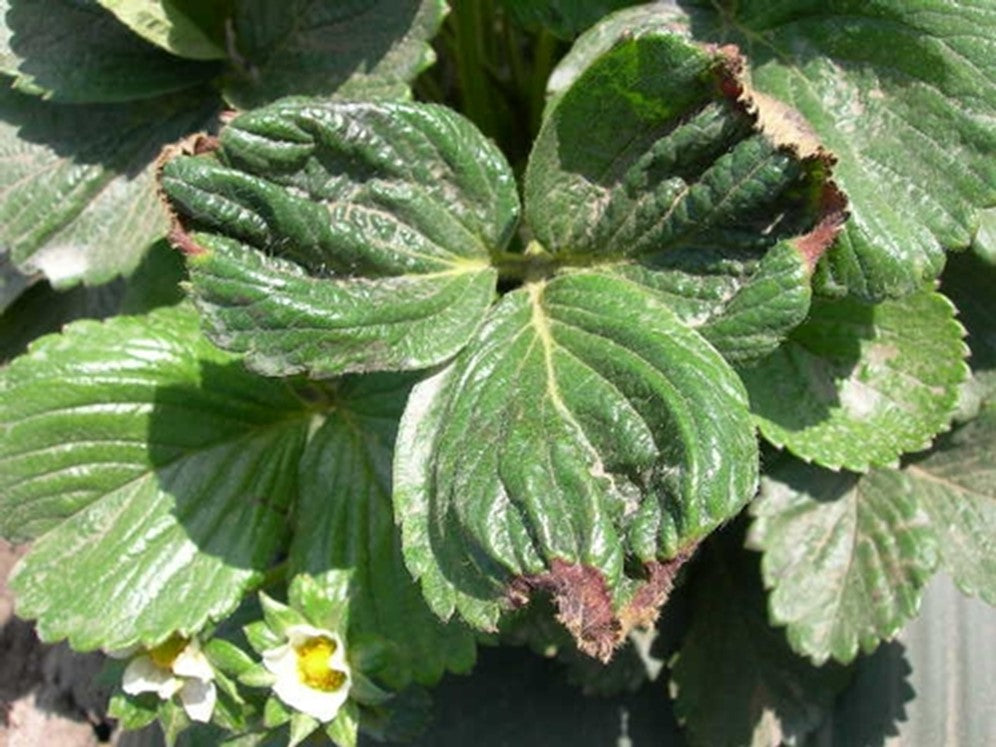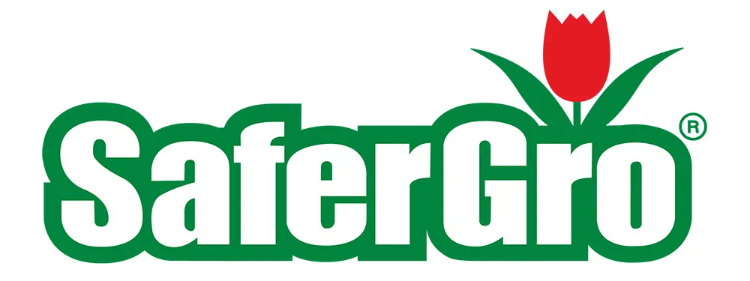Basic Nutrients for Growing Your Best Plants

Plant nutrients are important chemical elements that are essential to plant growth and reproduction. There are sixteen kinds of basic nutrients required by plants. Three of these, plants can obtain by themselves, while the other thirteen must rely on soil and fertilizers for nutrients. These nutrients are divided into three groups: primary nutrients, secondary nutrients, and trace nutrients.

Primary Nutrients
Primary nutrients, also known as macronutrients, are those usually required in the largest amounts. This includes six kinds of carbon (C), hydrogen (H), oxygen (O), nitrogen (N), phosphorus (P), and potassium (K). There is a considerable amount of carbon dioxide in nature. By performing photosynthesis, plants are able to obtain the three basic elements of carbon, hydrogen, and oxygen through air and water. The latter three often need to be provide through fertilizer inputs.
Nitrogen (N)
Nitrogen is vital for the promotion of green, leafy growth. Once absorbed by the plant, nitrogen is converted into amino, the building blocks for proteins. Nitrogen is also crucial for enzymatic reactions and is involved in photosynthesis, thereby giving plants their green color. Low nitrogen intake from plants causes light green or yellowish foliage, stunting, and shedding of older leaves in some plants. Nitrogen deficiencies can be easily corrected with nitrogen fertilizers. Be wary however of excess nitrogen absorption, as it can cause excess vegetative growth, lodging (falling over), and poor flowering and fruit quality.

Phosphorus (P)
Phosphorous helps with the transfer energy from sunlight to plants to stimulate early root growth. Phosphorous is typically associated with flowers, fruiting, and carbohydrate storage in roots, tubers, and bulbs. Phosphorous deficiency is commonly characterized with purple or reddish color leaf edges and on the stem. Most phosphorous deficiencies are observed in acidic soils (pH < 5) as well as dry soil conditions.

Potassium (K)
Potassium is important for photosynthesis as it regulates cell respiration and water movement. An adequate amount of potassium increases disease resistance, lowers drought stress, and improves crop quality. Common potassium deficiencies have poorly developed root systems and weak stalks.

Secondary Nutrients
Secondary nutrients include calcium (Ca), magnesium (Mg), and sulfur (S). Secondary nutrients and primary nutrients are equally important; however, the demand for secondary nutrients is smaller than that of primary nutrients.
Calcium (Ca)
Calcium helps to stimulate root and leaf development by promoting root growth and other nutrient availability. Calcium is used in activating enzymes and cell signaling. General calcium deficiency symptoms can be new leaf curling as well as yellow or brown spots on the leaf edges on new leaves. Calcium deficiency also inhibits root growth and may lead to small and weak roots.

Magnesium (Mg)
Magnesium plays a pivotal role in photosynthesis, as it aids in phosphate metabolism and plant respiration. Magnesium deficiency typically impacts older leaves which turn yellow and have an inverted ‘V’ green region at the base of the leaf.

Sulfur (S)
Sulfur is essential for protein formation. Organic sulfur compounds found in some plants, such as garlic and onion, contribute to their odor and taste. Deficiency symptoms usually involve yellowing or pale green leaf colors, stunted growth, and necrotic leaf tips. Plant development and growth become stunted when there is not enough sulfur in the soil.

Trace Nutrients
Trace nutrients include iron (Fe), manganese (Mn), copper (Cu), zinc (Zn), boron (B), molybdenum (Mo), and chlorine (Cl). Also known as micronutrients, trace nutrients account for small amount of a plant’s demand but the lack of these elements will hinder the growth and development of plants.
Iron (Fe)
Iron is needed for the maintenance of chlorophyll in plants. Iron deficiency typically involves chlorotic yellow tissue. General iron deficiencies are induced by alkali soil (pH > 7.0), poor root growth, excessive phosphorus fertilization, and soil drainage. Deficiency coincides with the yellowing or browning of older leaves in the margins between the veins. Younger leaves may look pale.

Manganese (Mn)
Manganese helps with enzyme activation in growth processes and chlorophyll formation. Typical symptoms of manganese deficiencies include interveinal chlorosis of young leaves, development of gray specks, and interveinal white streaks.

Copper (Cu)
Copper is present in several enzymes and certain plant petioles. Some of the symptoms in copper deficiency include stunted growth, wilting of the leaves, and dieback of terminal shoots in trees. Copper deficiency is usually characterized by initial chlorosis and the wilting of older leaves. Chlorotic leaves are interveinal, with minor veins having less green color than the main veins.

Zinc (Zn)
In addition to manganese, zinc plays a pivotal role in enzyme activation. Symptoms of zinc deficiency include decreased stem length, reduced fruit bud formation, and mottled young leaves (interveinal chlorosis). The tissue between veins may change to yellow while veins remain green. Chlorosis in zinc deficiency affects the lower region of the leaf near the stem. Plants tend to experience stunting and leaves show yellowing on the upper foliage with browning or bronzing of older and lower leaves.

Boron (B)
Boron is crucial for functions in the plant such as protein synthesis, development of cell walls, fruit set, and seed production. Boron deficiency can affect a variety of different plants, but Brassica tend to be the most susceptible to boron deficiency due to their fairly high boron requirements. Boron deficiency symptoms can be seen as deformed fruits and flowers or as thick short petioles. It can also be accompanied with brown spots on leaves with yellow edges as well. There may be abnormal sized fruit along with brownish discoloration.

Molybdenum (Mo)
Molybdenum helps plants to utilize nitrogen. Without it, plants are unable to convert nitrate nitrogen into amino acids. Legumes also cannot fix atmospheric nitrogen without molybdenum present. Common molybdenum deficiencies including yellowing of leaves, leaf distortion, leaf edge burn or necrosis.

Chlorine (Cl)
Plants take up chlorine in the form of chloride (Cl-) where it is heavily involved in the plant photosynthesis. Chloride is a key component in stomal regulation, osmotic regulation, and nutrient transportation within the plant. Typical chlorine symptoms of chlorine deficiency in plants include blotchy leaf chlorosis and necrosis. In more severe case, wilting, mottling, curling, bronzing of the leaves occur.

Thought not listed here there are other elements, called beneficial elements, are not necessary for the growth of most plants but can make a few specific types of plants grow better with more nutritional value. This includes nickel (Ni), cobalt (Co), silicon (Si), sodium (Na), aluminum (Al), iodine (I), vanadium (V), and selenium (Se).
